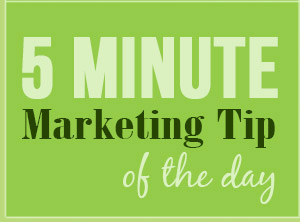“There are only so many hours in the day.”
You’ve heard that before. It has certainly been said more times than one could count, but it’s lasted so long as a cliche because it’s true. No matter what you have to get done or how badly you want to do everything on your list, you are still limited by the restrictions on your time. And that is never more true than when talking about marketing with social media.
 The Social Media Logjam
The Social Media Logjam
There are so many viable options in social media, and all of them seem important to the success of your business. They may be, but if you aren’t leveraging them properly, you are probably doing more harm than good. It is far better to master one than perform badly across several. There is only one social media site that any business with an online presence must be using, and that’s Google+. But as for the others, which social media platform is right for you?
Finding the Perfect Fit
Every social media platform has a target audience and an expected tone. The key to understanding where you belong is understanding what those expectations actually are.
- Facebook – This platform is probably the most popular and the most inclusive. Every business can find an audience, and most of your customers will have an account. Your potential market there is larger than most anywhere else, but with its pay-to-promote system in place, it’s no longer the cheapest and easiest way to market your business online. Also, its popularity acts as both a boon and a curse.Everyone uses Facebook and everyone markets themselves there. That ties into this little issue of the news feed which grows along with Facebook’s popularity. Facebook should definitely be on your list as it is easy to master, but it may not be your best and most lucrative outlet.
- Twitter – The bird is great if you are a business that likes to be directly involved with your customers. It promotes a level of customer interaction at which other social media sites only take a swipe. Most Twitter conversations take place as discussions around current topics or news items. When something changes or is added to your store or industry, tweet about it and if enough people are interested, you can potentially start a trending topic.This does require a more hands-on approach, but the 140 character limit on post length makes it a quick distraction from your daily duties.
The differences between these two platforms are very obvious, and the audience you will reach while using each is variable. Do neither of these options sound like the ideal fit for your business? Make sure you check back next week when we look at two more social media sites and how they might fit into your business marketing strategy.

Leave a Reply